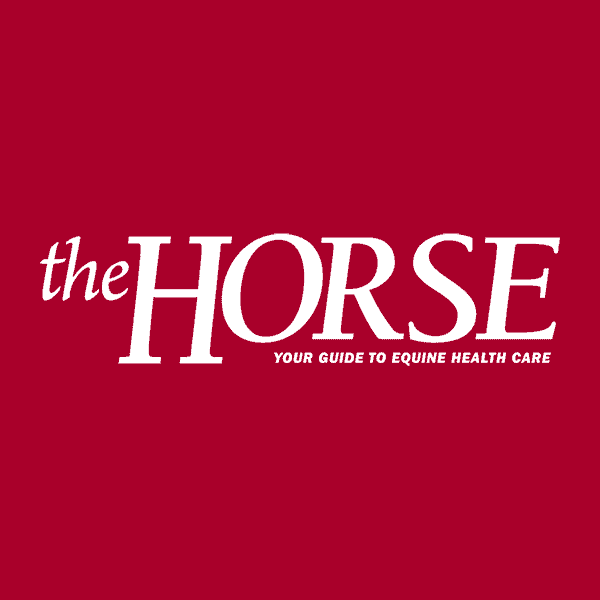Foals Born From Frozen Eggs at Colorado State
- Topics: Article, Other Veterinary Technologies
The first foals produced from eggs that were harvested from a mare, frozen, then thawed, were born recently at Colorado State University’s Animal Reproduction and Biotechnology Laboratory (ARBL). Researchers say this is an important breakthrough since scientists now will be able to preserve reproductive material from the female as well as the male. The technology has potential beyond the horse industry in helping preserve endangered species, which has been one of the goals of CSU’s Preservation of Equine Genetics program since it began in 1996.
Siblings “Vitreous” and “Ethyl,” a colt and a filly, were carried by different surrogate mothers selected from the Colorado State ARBL herd. “This is a tremendous breakthrough,” said Ed Squires, MS, PhD, faculty member and coordinator of the Preservation of Equine Genetics program. “We can now do for the female mammal what we’ve been able to do for the male: provide flexibility in reproduction.”
Many owners or breeders want to maintain the mare’s line, either because it is rare and highly desirable, or for the genetic qualities that make the mare a top performer. Often the mare’s lineage is equally as important as that of the stallion, but unlike stallions which can produce millions of sperm for many years, mares have a limited number of eggs (oocytes) and fewer years for reproduction. Because the oocyte cell is so much more complicated than a sperm cell, the process of cryopreservation (freezing) is much more difficult.
“The cryopreservation process we used in this case is called vitrification,” said Lisa Maclellan, PhD, project coordinator and a postdoctorate fellow from Queensland, Australia. “We first gathered the contents of an ovarian follicle using an ultrasound probe. From the contents, we separated out the single-cell oocyte under a microscope. The oocyte was placed onto a cryoloop and quickly dipped into liquid nitrogen to be flash frozen.” Months later, the oocytes were thawed and implanted in two mares from the ARBL stables which had already been inseminated with material from a donor stallion. The mares carried for the full term and delivered healthy, normal foals in mid-July. The foals will be placed in good homes.
“With the success of this process, we will be able to offer horse owners more reproduction options,” said Elaine Carnevale, DVM, assistant professor in the physiology department
Create a free account with TheHorse.com to view this content.
TheHorse.com is home to thousands of free articles about horse health care. In order to access some of our exclusive free content, you must be signed into TheHorse.com.
Start your free account today!
Already have an account?
and continue reading.

Written by:
The Horse Staff
Related Articles
Stay on top of the most recent Horse Health news with















